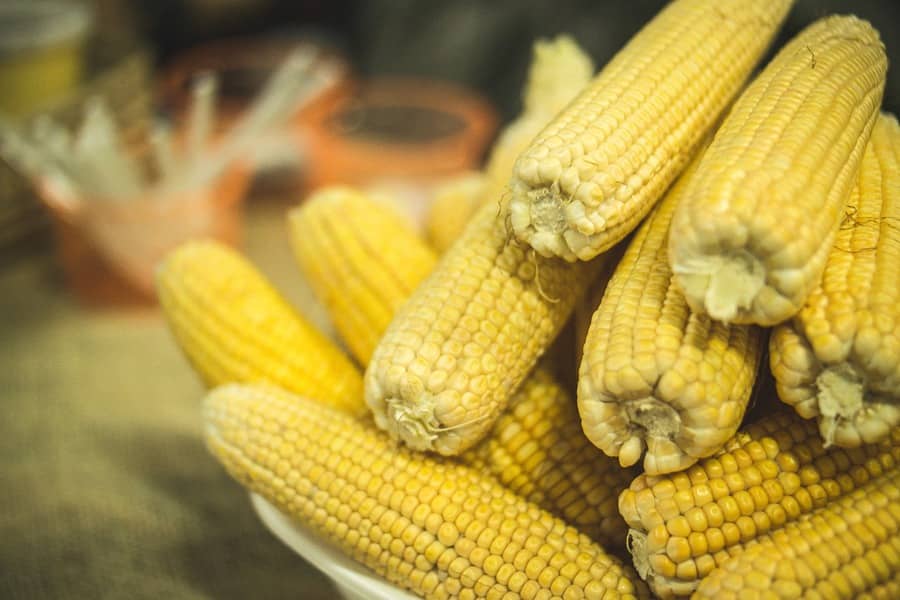Porto Alegre, March 21, 2023 – Amid the stress of the financial crisis and with funds reducing their exposure to agricultural commodities, corn managed to find some room for gains. The reflection of the absence of Brazil in exports and the aggravation of losses in Argentina, at least from the point of view of cereal exchanges, is beginning to show signs of recovery of US exports. The big surprise of the week was China absorbing almost 2 mln tons of US corn, even amid rumors of a new case of African Swine Fever in the Chinese herd.
Commodity markets were heavily influenced by the US financial picture last week. The risk of greater contagion in the financial system after the failure of digital banks in Silicon Valley, funds began to reduce exposure to some commodities that were “expensive” and with greater bearish potential. Recession worries continue despite full employment in the United States and Europe. In any case, economic analysts keep suggesting a recessive bias if the Fed continues to raise interest rates this year.
The sharp decline in oil prices was the main symptom, affecting all derivative markets such as ethanol and biodiesel and, consequently, corn and soyoil. Oil operated below USD 70/barrel again. This slow but clear price recovery of some commodities implies pointing to future curves of continuous slowdown, mainly if the highs in interest rates in Europe and the United States are prolonged.
For now, however, corn still incorporates important variables in this first semester, such as:
– US stocks do not reflect a problematic supply situation, but depend on the comfort of a good 2023 crop to maintain the balance for 23/24;
– Prices in Ukraine have risen again, a symptom of difficulties in supply and/or shipments due to ports. Its next crop will only reach the market in September;
– Europe still needs to be supplied until September, when the 2023 crop arrives at the local market and, probably, recovered. However, it does not find offers in Brazil and Argentina at this time;
– The United States did not have a good first quarter in terms of exports, not least because Brazil had a large flow of sales in December, January and February. With global consumers supplied, there was no strength for US export demand;
– Argentina suffered another production cut, now to 36 mln tons, against an initial estimate of 54 mln tons, indicated by the Buenos Aires Cereals Exchange. We do not know whether the figures from the Argentine government, in April, will be balanced in comparison to local exchanges, but for the time being the updated number does not allow Argentine exports to exceed 20 mln tons this year. There is still the possibility of Argentina importing corn from Paraguay in the second semester, but we believe it will be difficult for the country to find external credit backing for purchases of soybeans and corn in the intended volume. Possibly, there will be retention by growers for self-consumption and a decline in domestic demand this year;
– Without large new volumes from Argentina, besides the 10 mln tons already registered in export commitments, world demand will need to be supplied from other sources. Brazil would be the immediate target. However, the record flow of shipments of soybeans and soymeal is a limiting factor for strong shipments of Brazilian corn in the remainder of the semester. In addition, the second-crop corn must only present a greater flow from July onward due to the delayed planting and soybean logistics.
Thus, it seems natural that part of the global demand shifts to US corn. Weekly sales, last week, surpassed 1.2 mln tons. Volumes must remain good this week due to the volume of purchases by China of 2.2 mln tons in the last few days. Production losses in South-Central China seem to be having some impact on corn exporters. China bought the same volume of Brazilian corn in December and January. Could China establish this pace of purchases until the start of its crop in November?
This indicates that until September there will be demand for US corn, there are stockpiles, and this must not generate supply panic. However, it may generate price movements in contracts for the old crop, May and July, as occurred last week. Attention from the end of March will turn to the US pre-planting, that is, to the conditions for planting corn earlier from April 20. For now, the weather forecasts for April reveal favorable conditions for normal planting.
Follow the Safras Agency on our website. Also follow us on our Instagram and Twitter and stay on top of the main agribusiness news!
Copyright 2023 – Grupo CMA

